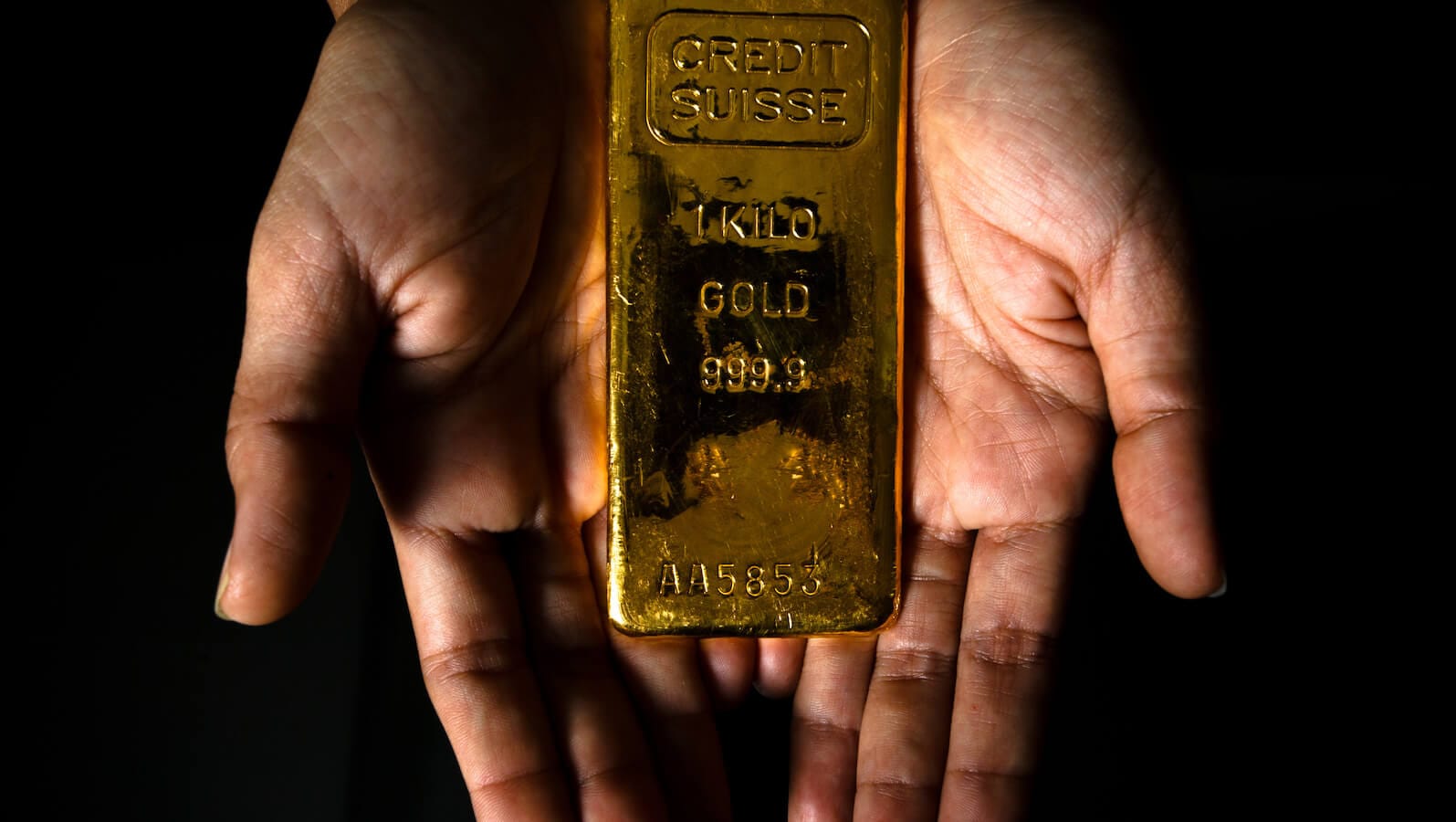FOUR DECADE HIGH IN INFLATION PUSHES STOCK AND BOND PRICES SHARPLY LOWER -- BOND YIELD NEARING MAJOR UPSIDE BREAKOUT -- NO SIGN OF A TOP IN OIL
HOT CPI REPORT SIGNALS LOWER STOCK PRICES... Friday's report that the May Consumer Price Index gained 8.6% from the previous year was the highest inflation rate in more than forty years and pushed stock prices sharply lower for the day and week. Going into the report, expectations were for a slight dip in year-over-year inflation. As a result, Friday's report apparently took stock and bond markets by surprise. The end result was sharply lower stock prices and a big jump in interest rates. As far as stocks are concerned, the recent rebound appears to have ended with a test of last month's low now likely. The CPI report (along with expectations for a more aggressive Fed) suggests that the major downtrend in stocks is likely to continue. Previous messages have used Fibonacci retracement lines to help determine some downside targets. The weekly bars in Chart 1 show the S&P 500 having reached its 38% retracement line measured from its 2020 low to its 2022 peak. That's usually the first downside target. A close below that line (which appears likely) would signal a further drop to the 50% retracement line which sits near 3500.
INVESTORS REMAIN DEFENSIVE...All eleven stock sectors lost ground on the week. Energy stocks held up better than other sectors, however, along with defensive sectors like consumer staples, healthcare, and utilities. The week's biggest losers were financials and technology stocks. Treasury bond yields jumped to the highest level in nearly four years.

BOND YIELD NEARS IMPORTANT TEST... The monthly bars in Chart 2 show the 10-Year Treasury yield nearing a test of its 2018 high near 3.25%. A close above that level would put the TNX at the highest level in more than a decade. The yield on the two-year yield has already climbed to the highest level in a decade in anticipation of the Fed raising short-term rates more aggressively to slow the pace of inflation. That also raises the likelihood that the economy is slipping into a recession. Rising inflation usually results in higher interest rates; while a slowing economy is usually bad for stocks. That combination is likely to result in stagflation which hasn't been seen since the 1970s. Rising commodity prices are a big contributing factor to those negative intermarket trends, and oil in particular.

WTIC LIGHT CRUDE OIL LEADS INFLATIONARY TREND... The price of crude oil is one of the biggest contributors to spiraling inflation. The monthly bars in Chart 3 show WTIC Light Crude Oil having already reached the highest level in fourteen years. Although the 14-month RSI line in the upper box has reached overbought territory, technical odds favor the price of WTIC eventually testing its all-time high of $147 reached during 2008. Rising oil prices have preceded every economic recession since World War 11. There's no reason to expect this time to be any different.












